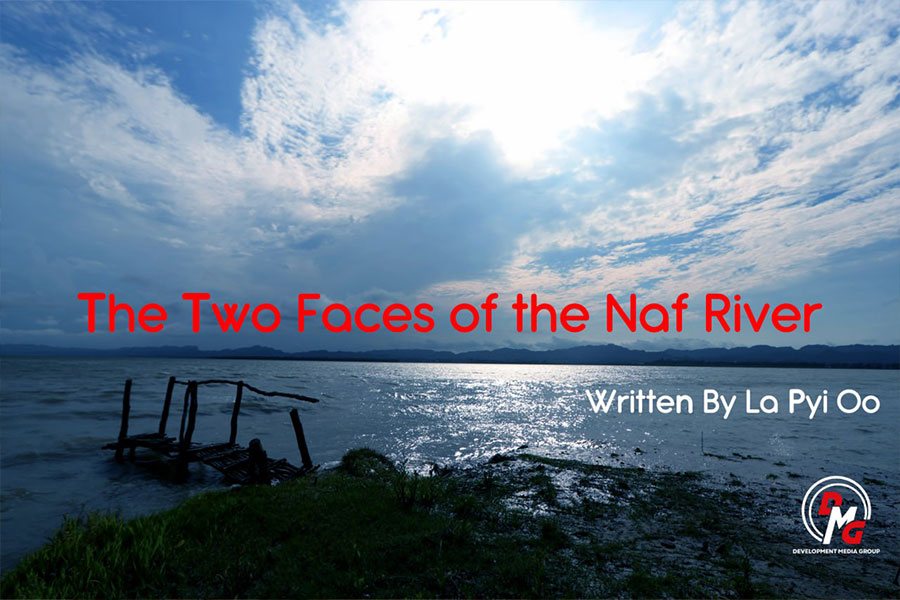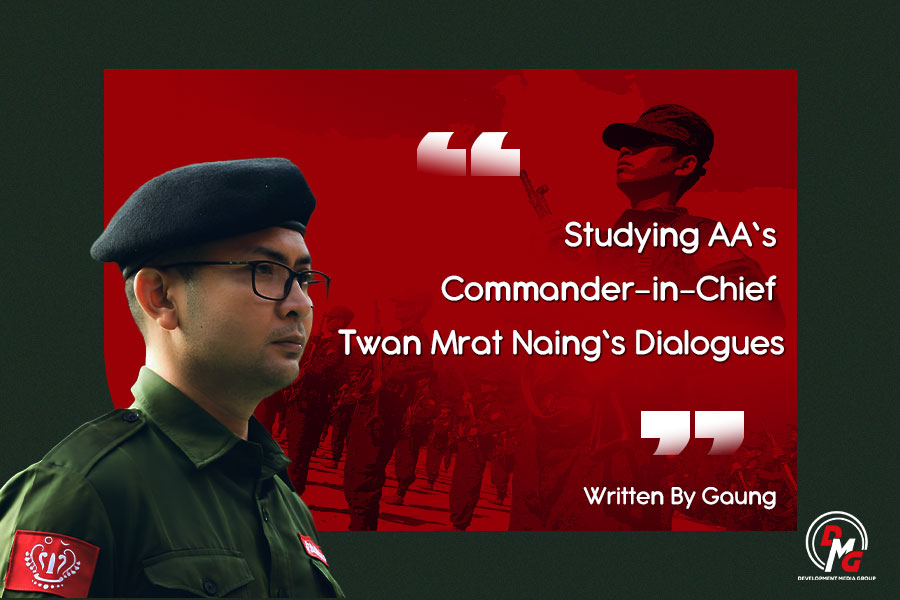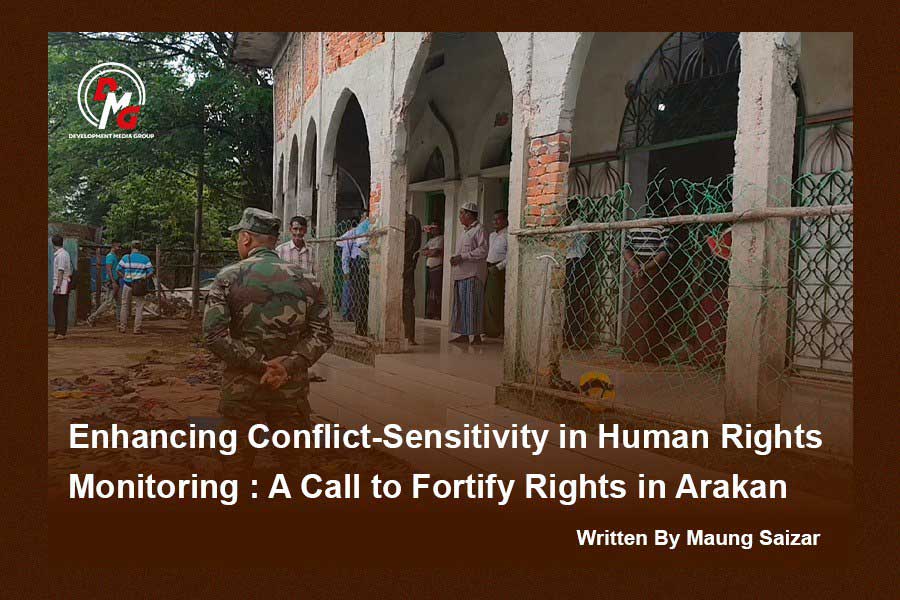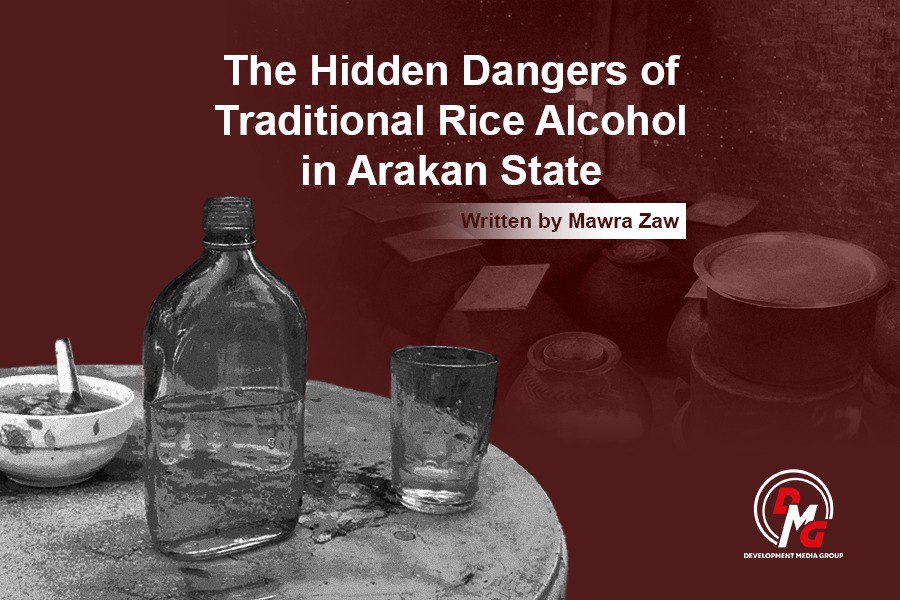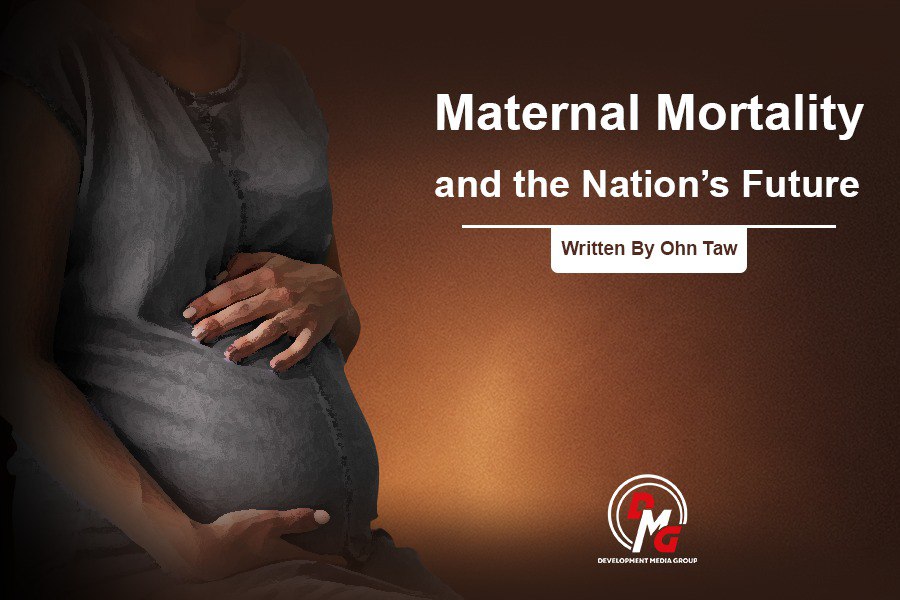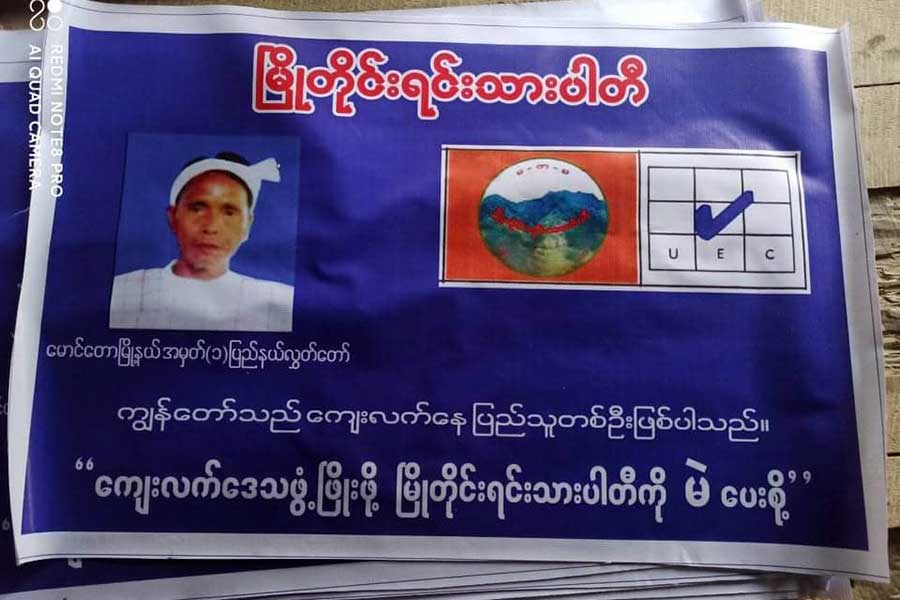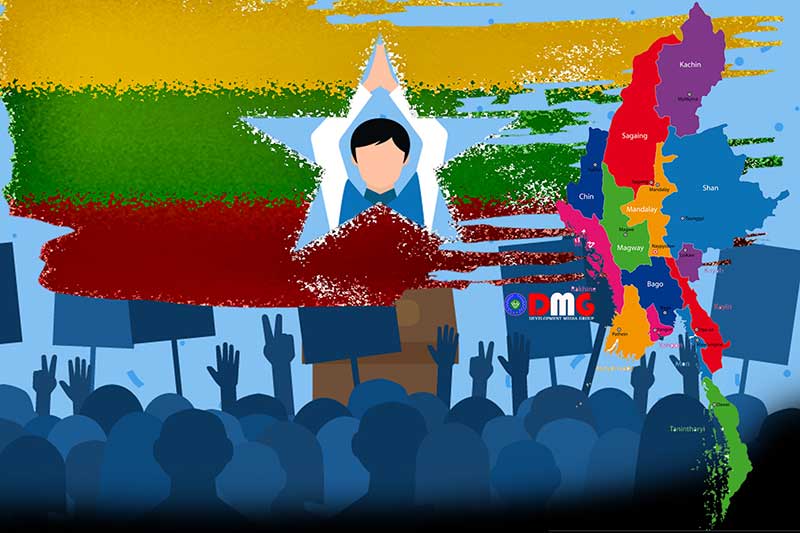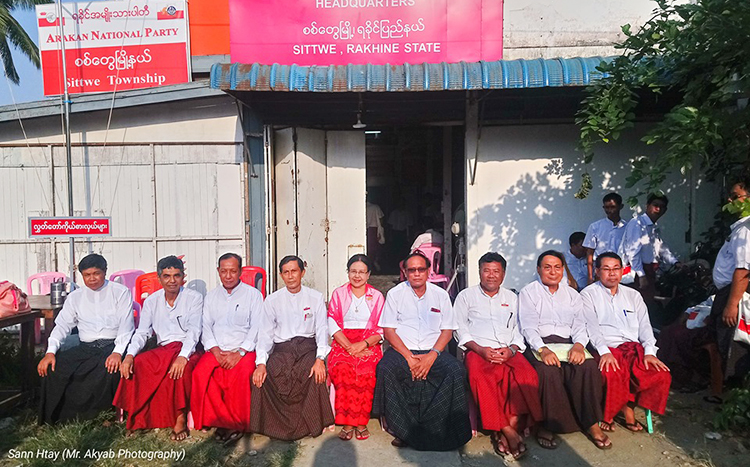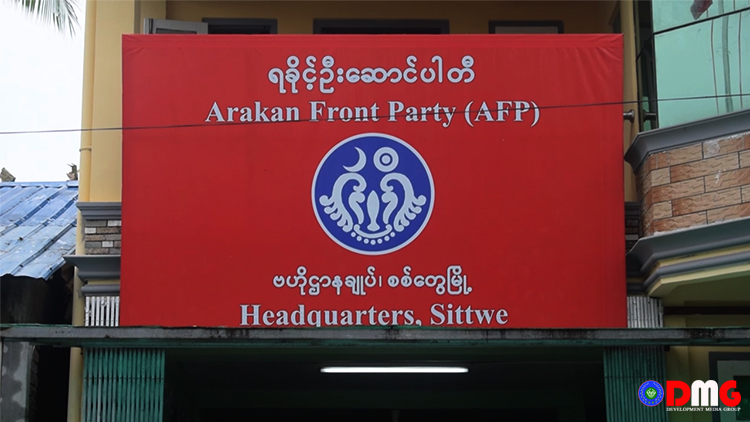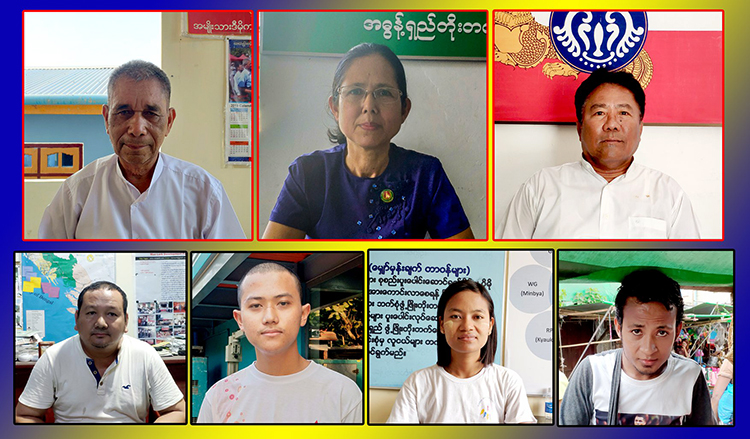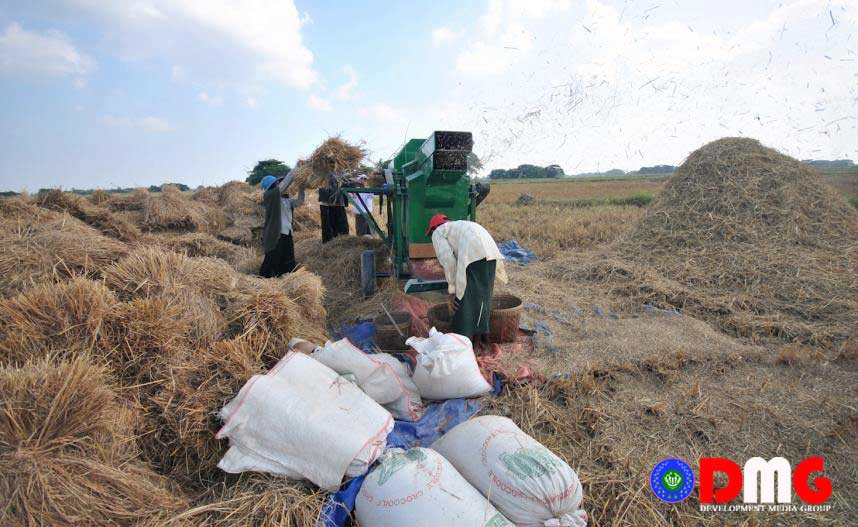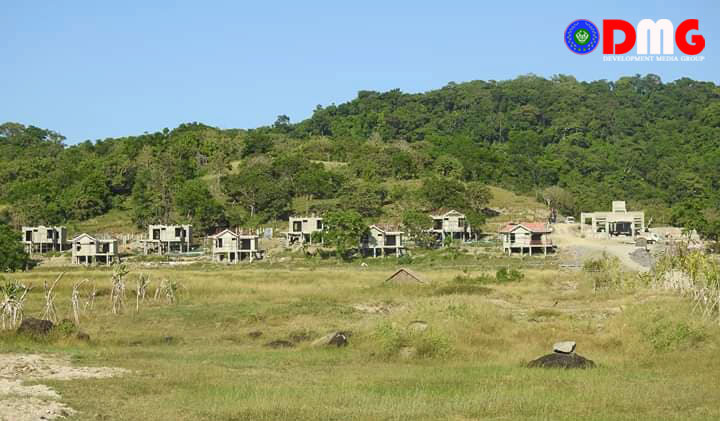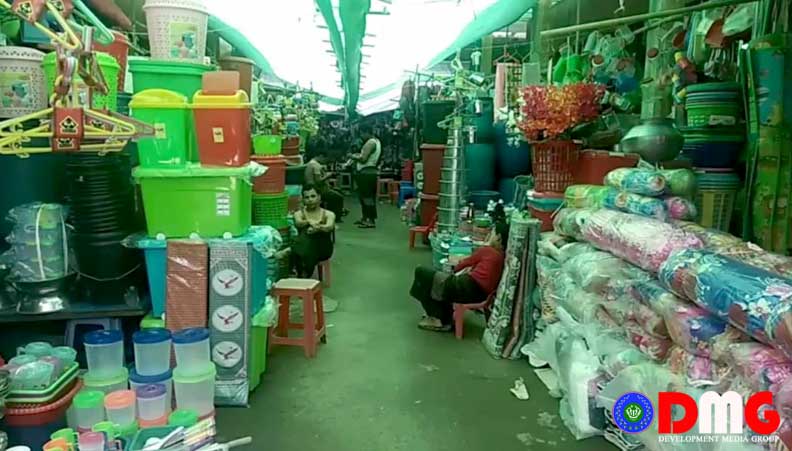- Two Years of the Arakan Offensive and the Challenges Behind Military Success
- Families make donations for Maungdaw villagers abducted by ARSA
- Two Years of the Arakan Revolution: Turning Points and the Future of Arakan
- Junta warships threaten local's livelihoods in southern Arakan
- Heavy clashes rage near junta's key weapons factory in Bago Region
Two Years of the Arakan Revolution: Turning Points and the Future of Arakan
Although the month of November has yet to fully embody the chill of the winter season, the northern winds have already begun to usher in the cold months. In the same way, the Arakan Army (AA) ushered in a new era for Arakan (Rakhine) State on November 13, 2023.
13 Nov 2025
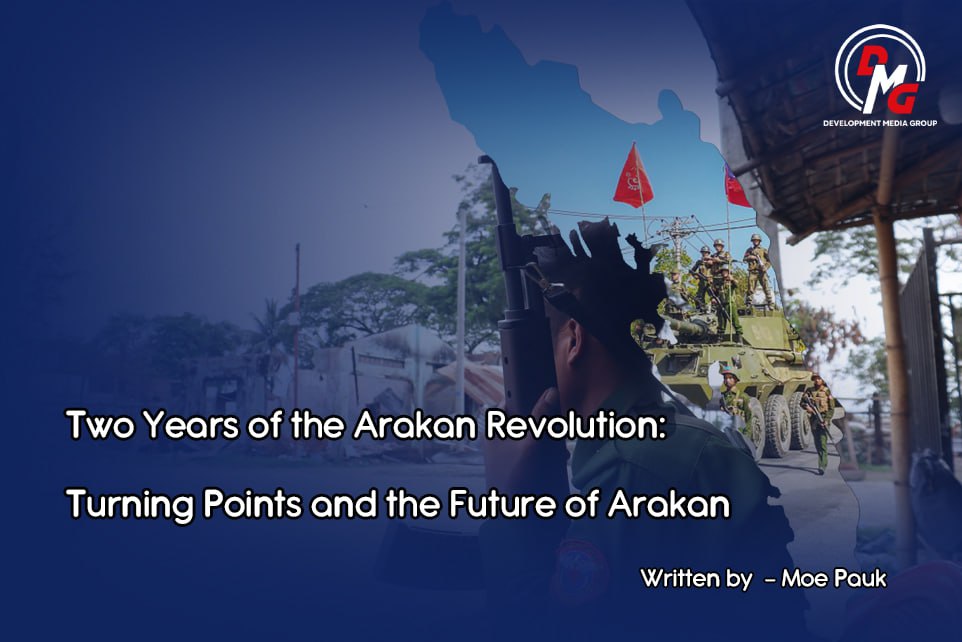
Written by Moe Pauk
Although the month of November has yet to fully embody the chill of the winter season, the northern winds have already begun to usher in the cold months. In the same way, the Arakan Army (AA) ushered in a new era for Arakan (Rakhine) State on November 13, 2023.
As a member of the Three Brotherhood Alliance, the AA resumed clashes with the Myanmar military junta and launched what has become known as the Arakan Offensive-a campaign long awaited by the people of Arakan.
That day marked the realization of a promise made more than two years earlier by Major General Twan Mrat Naing, Commander-in-Chief of the AA. It became a historic turning point in the modern struggle of the Arakanese (Rakhine) people.
Back in June 2023, Major General Twan Mrat Naing told his soldiers: "In 2024 and 2025, we will show the world what we are made of-through our work and our results. Something must change."
These words spread widely across media platforms and inspired great anticipation.
Now, two years since the November 13 Arakan Offensive, those words and the vision for Arakan's future are beginning to manifest in reality.
The Match Between Words and Actions: AA's Strategic Blueprint
The Arakan battles that began on November 13, 2023, have demonstrated the consistency between Major General Twan Mrat Naing's words and actions, revealing both the strategic acumen and emotional conviction of the AA.
Before the 2021 military coup, Major General Twan Mrat Naing had already laid out political goals and future visions before the public-facing intense criticism and skepticism at the time. Yet his goals were not empty words.
His leadership gave the Arakanese people strength and morale while helping the AA prepare militarily and strategically.
Over the two-year campaign, the AA has effectively shifted both military and political momentum-a testament to its careful groundwork.
Furthermore, the success of a people-centered revolutionary model, involving close collaboration between the movement and the populace, has been a key factor in their achievements.
The Arduous Journey and Priceless Success of the AA
The AA's current victories were not earned easily. Having begun its military formation in Laiza, Kachin State, in 2009, the AA endured blood and sacrifice to gain combat experience and understand the tactics of the Myanmar military.
In 2015, the AA entered Arakan via Chin State, fighting numerous intense battles around Paletwa.
By late 2018, the first clash inside Arakan occurred near Nat Thar Ywae village, Ponnagyun Township-marking the first gunfire of the Arakan Revolution within its own land.
In 2019, the AA launched attacks on border outposts in Buthidaung and Maungdaw, leading the National League for Democracy (NLD) government to officially designate it as a terrorist organization.
From its founding to its expansion into Arakan, every step of the AA's journey was fraught with challenges. Yet, by steadfastly adhering to its goal of the Rakhita Path (Rakhine Way), the AA earned the full trust and unwavering support of the Arakanese people-a fact clearly reflected in the ongoing Arakan battles.
Political Dimensions and Operation 1027
Operation 1027, launched on October 27, 2023, in northern Shan State, was a joint offensive by the Brotherhood Alliance, but it also carried profound implications for Arakan.
By framing the Arakan Offensive as part of Operation 1027, the AA demonstrated that the Arakan struggle is inseparable from Myanmar's wider Spring Revolution, while simultaneously applying military pressure on the junta.
This linkage also benefited revolutionary forces nationwide and drew international attention to the AA's growing military success.
At the same time, the ULA/AA's firm political stance-that "we alone determine our own destiny"-illustrated their growing political maturity and autonomy.
From Military Victory to Governance Challenges
While capturing military bases and towns is a remarkable feat, the main challenge for revolutionary groups lies in establishing effective governance systems.
The United League of Arakan (ULA), as the administrative wing of the AA, has been striving to deliver justice, security, healthcare, and education services in areas under its control. However, tensions and friction between local communities and administrative bodies still exist.
To truly rebuild Arakan, funding, human resources, and a foundational legal framework are essential-these are even more critical than battlefield victories.
Currently, due to the junta's blockades and war devastation, Arakan civilians are suffering from severe shortages of food, medicine, and basic necessities.
If this humanitarian crisis remains unaddressed, public trust in the ULA/AA administration may erode, reducing popular support. Therefore, stabilizing governance swiftly is vital.
Maintaining Military Success and Navigating International Relations
Although the AA now controls 14 townships in Arakan, key coastal towns such as Sittwe, Kyaukphyu, and Manaung remain under junta control-critical hubs for maritime access and logistics.
The junta continues to use naval routes to transport troops and supplies to these strongholds. To advance further, the AA must develop strategies to neutralize the junta's naval advantage.
As fighting in northern Shan State has waned, the junta may now refocus its military pressure on Arakan, deploying coordinated land, sea, and air offensives.
Meanwhile, China and India's economic interests in Arakan, as well as security concerns along the Bangladesh border, require careful diplomatic and strategic management.
Given these complex geopolitical factors, the ULA/AA's progress may face growing international challenges, even as cooperation with humanitarian actors becomes increasingly vital.
Conclusion
The ULA/AA has earned deep trust from the Arakanese people, and Major General Twan Mrat Naing is widely regarded as their most hopeful and modern leader.
However, this moment marks only the beginning of shaping Arakan's destiny. Questions remain about whether the ULA/AA can successfully build a just and sustainable governing system.
Furthermore, the full liberation of Arakan-including Sittwe, Kyaukphyu, and Manaung-and coordination with allied revolutionary fronts remain essential to maintain pressure on the junta.
If the AA can transform its military victories into enduring political achievements, it could secure a historic role for Arakan in the broader Myanmar Spring Revolution.
Ultimately, the future and complete liberation of Arakan depend on how all revolutionary forces nationwide-those fighting the same dictatorship-envision and execute their shared strategic and political steps.




